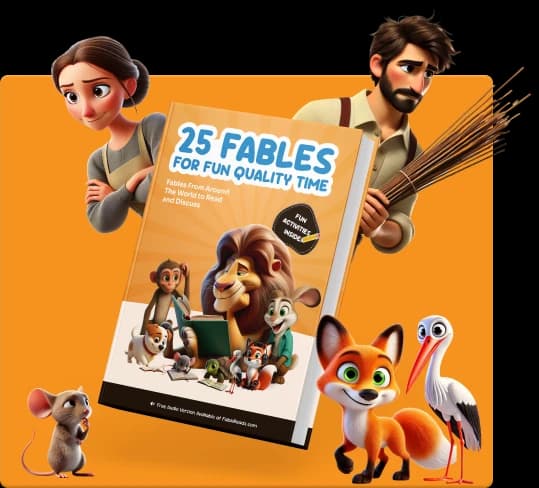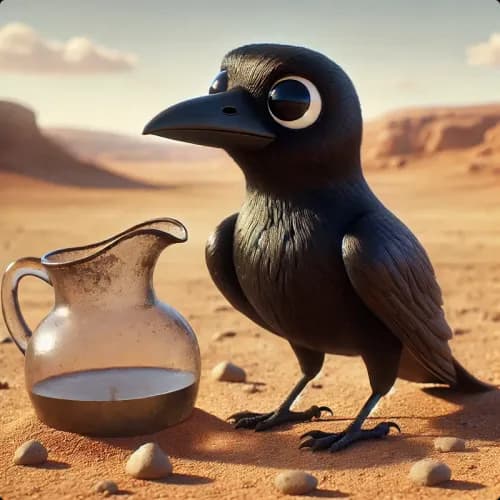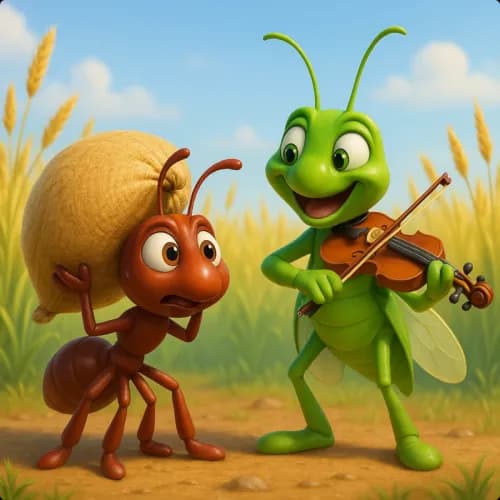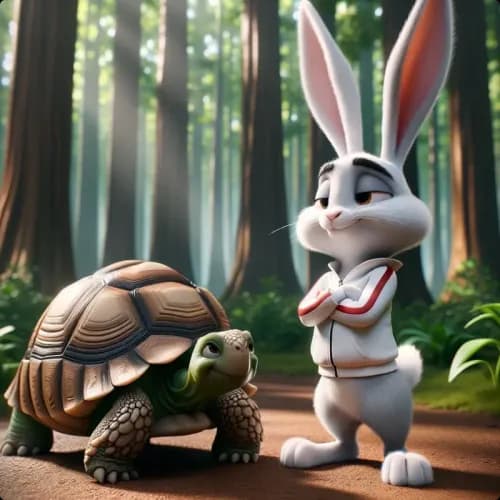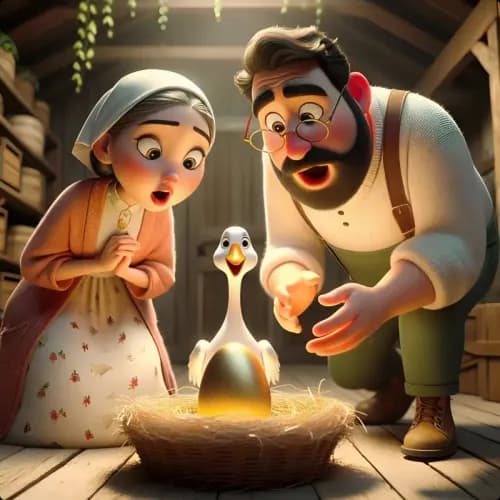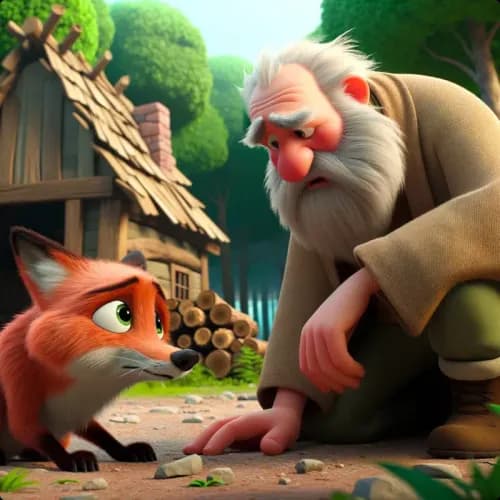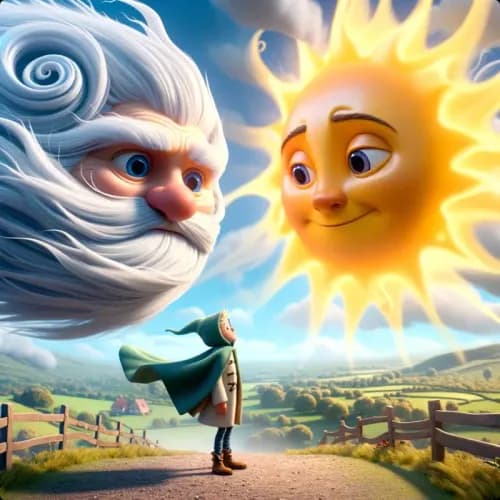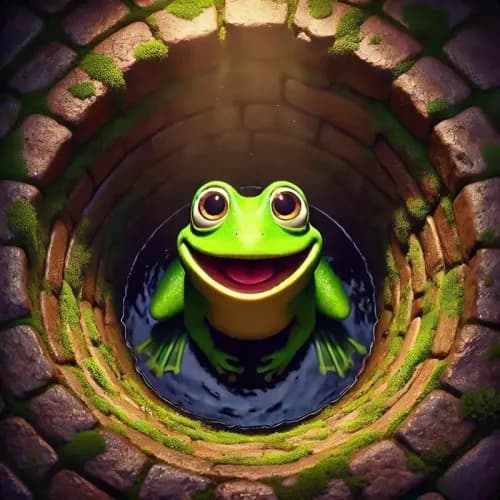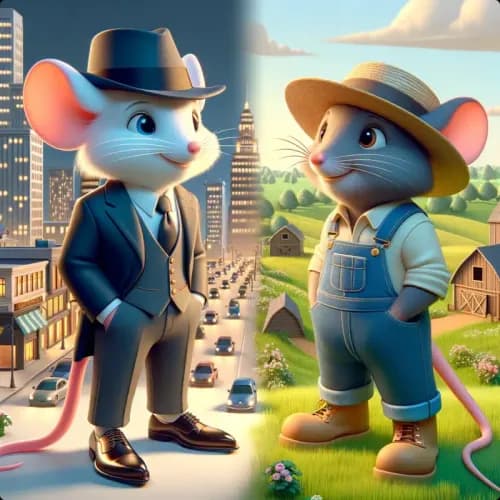Aesop | Greece
Le Loup et le Chien
Un loup affamé choisit la liberté plutôt qu'une vie confortable avec des humains après avoir découvert le collier du chien.

Un jour ensoleillé, un loup affamé se promenait à travers la campagne, à la recherche de nourriture. Près d'un village, il aperçut un chien qui avait l'air en pleine forme et heureux. Le loup se sentit un peu jaloux et demanda au chien comment il faisait pour être si bien.
Le chien répondit, "Je vis avec des gens qui me donnent à manger et un endroit pour dormir. En échange, je protège leur maison."
Le loup pensa que cela semblait être une belle vie et dit, "Peut-être que je pourrais vivre avec toi et avoir une vie facile aussi?"
Le chien répondit, "Bien sûr, viens avec moi, et je te présenterai à mon maître."
Alors qu'ils marchaient ensemble, le loup remarqua une marque autour du cou du chien. Il demanda, "Qu'est-ce que c'est sur ton cou?"
Le chien expliqua, "C'est à cause de mon collier. Mon maître m'attache pendant la journée et me laisse partir la nuit pour garder la maison."
Le loup s'arrêta de marcher et réfléchit un instant. "Donc, tu ne peux pas aller où tu veux?"
Le chien hocha la tête, "Si, mais je reçois de la nourriture et un endroit chaud pour dormir."
Après avoir réfléchi à ce que le chien avait dit, le loup prit une décision. "Merci pour l'offre, mais je ne veux pas vivre comme ça. Je préfère être libre et trouver ma propre nourriture plutôt que d'être bien nourri mais pas libre."
Sur ces mots, le loup fit demi-tour et courut dans la forêt.
Achetez un Livre et Aidez à Apporter les Fables au Monde
Profitez de 25 fables sélectionnées à vie, imprimées. Chaque achat soutient des histoires gratuites pour les enfants, parents et enseignants du monde entier sur fablereads.com
